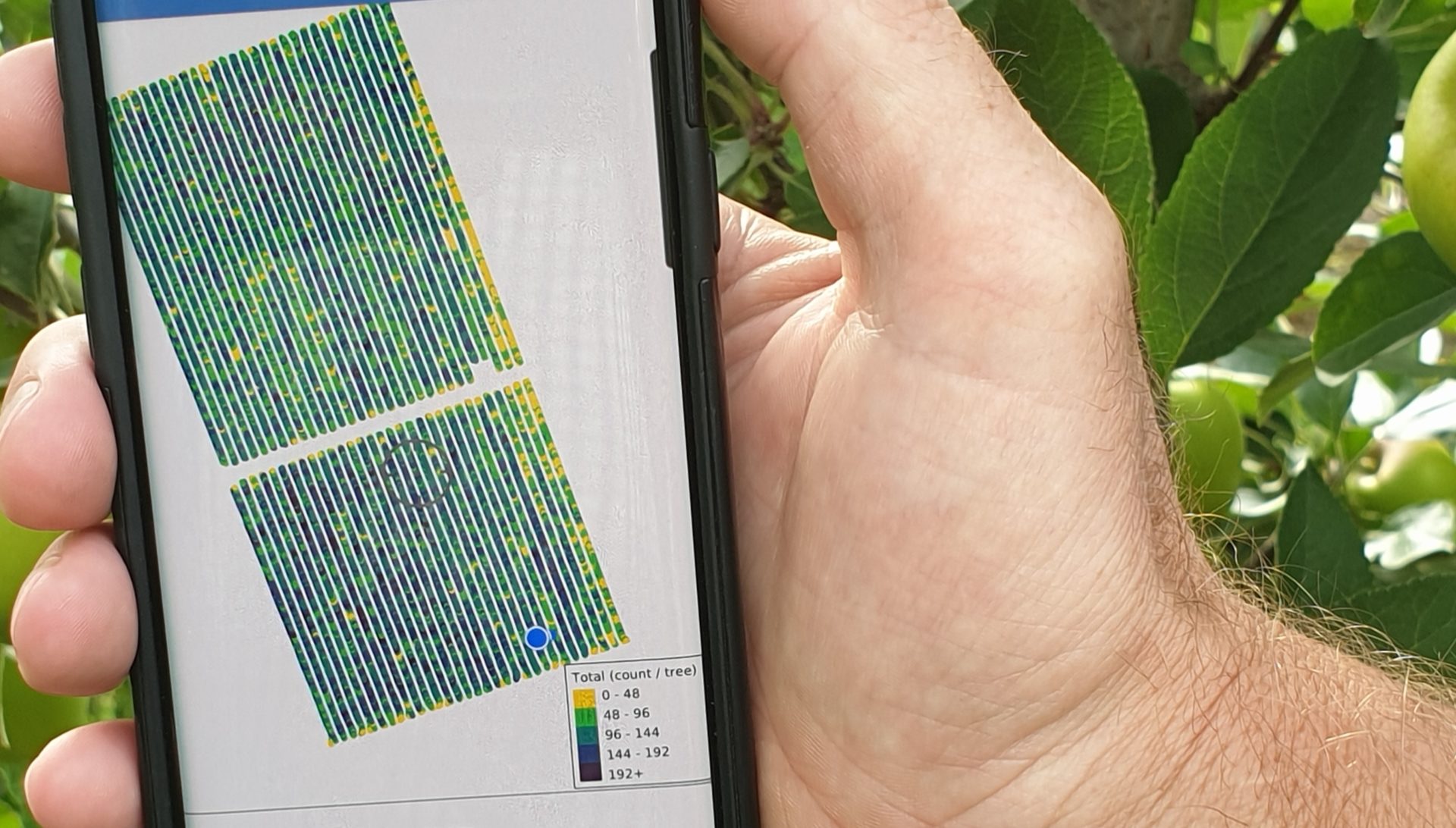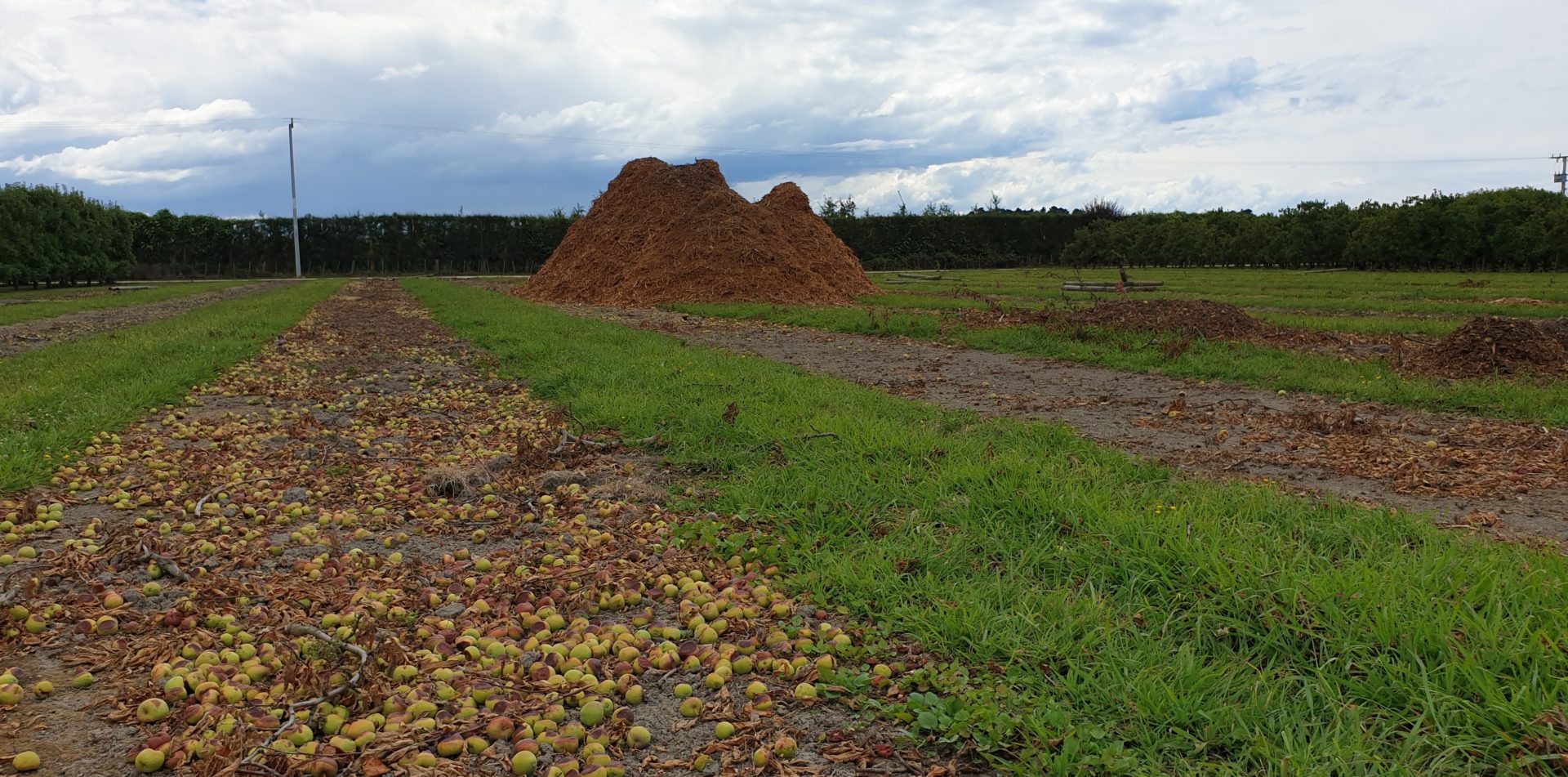Labour crisis 2021
As first seen in the Orchardist, February 2021
Jack Hughes, Horticultural Consultant, Fruition , Hawke’s Bay
The Covid induced labour shortage looks set to cost the apple industry in the order of $100M this harvest season. However, this may only be the tip of the iceberg as the flow-on effects of this financial hit kicks in. In this article, we consider the industry response to this unfolding situation and recent advice being provided to policy makers.
Definitive information to help predict what might happen isn’t readily available. A 2020 New Zealand Institute of Economics Research (NZIER) report to the NZ Productivity Commission ‘Could do better: Migration and New Zealand’s frontier firms’ provides some employment data to help quantify the situation (read more).
This report estimates that the total horticultural workforce in New Zealand was around 60,000 in 2016 and that just over half of these workers were New Zealanders. The industry has grown significantly since 2016 so it can be safely assumed that at least 60,000 people are required for ‘hands-on’ work in 2021.
Table 1. Forecasted 2021 horticultural labour supply
 Using the available data in a ballpark forecast, its estimated that Recognised Seasonal Employer (RSE) scheme numbers will be more than 50% lower last year while backpackers are probably 75% fewer. If optimistically, an extra 5,000 Kiwis joined the workforce, there would still be about 13,000 fewer people ‘on deck’ compared with last year (Table 1).
Using the available data in a ballpark forecast, its estimated that Recognised Seasonal Employer (RSE) scheme numbers will be more than 50% lower last year while backpackers are probably 75% fewer. If optimistically, an extra 5,000 Kiwis joined the workforce, there would still be about 13,000 fewer people ‘on deck’ compared with last year (Table 1).
If the value of the apple crop (using $828M from 2019, fresh facts.co.nz) is reduced in proportion to the 23% labour force reduction, the ‘hit’ to the industry would be $186M.
The financial cost would hopefully be less than this as growers direct labour to recovering the most valuable fruit. If the financial damage could be limited to about half of this amount, an immediate loss figure of $100M will result.
Immediate losses in value
The labour shortage effects crop value loss in a number of ways. Much of the crop adjustment (hand thinning) to optimise fruit numbers, is being completed late and some simply won’t get done. As a result, both volume and quality are compromised because the crop hasn’t been properly prepared.
This is just the start of loss in value. There will be lots of fruit that doesn’t get picked, either on time or at all. Some blocks will be likely picked just once or twice and later maturing, more costly to pick fruit, will be left behind. Some blocks will be by-passed completely if higher value varieties mature at the same time or there are doubts about the security or level of market returns.
Another more damaging loss in value will occur as fruit that can’t be picked at optimum maturity enters the supply chain. Some over-mature fruit will be rejected on the packing line but a proportion will inevitably find its way to customers who will be disappointed.
Any loss of our quality reputation stands to erode the price premium which has been built up over many years.
Strangling the goose
The NZIER ‘Could do better’ report features a ‘case study on NZ horticulture’ and expresses, in my view, some disturbing opinions. I’d even go so far to suggest that their recommendations, if fully enacted, would cause more damage to our horticultural industries than the pandemic.
They contend that migration policy (read the RSE scheme) is “probably applying a brake on innovation” because “excessive low-skilled migration is likely to depress productivity, by reinforcing low wage, low-productivity business models”.
They surmise that current policy is “hampering the development of human capital by New Zealanders, especially those facing other challenges to employment and suppressing the gains from automation and other capital investment”. The reader is left wondering if the authors have actually left their screens to visit the apple and kiwifruit industries to understand the recent changes out there and to substantiate their views.
Their possible influence on government policy is even more disconcerting. They advise “not rushing to reopen the border” but to take time and “pause and reset policy”. When the border is re-opened, they recommend (abridged) that the government:
- Substantially reduce flows of people with skills that are the same or lower than the average of the local population.
- Reduce inflows of low-cost imported labour by eliminating generous employment rights for fee-paying students and working to reduce the current number of working holidaymaker visas.
- Review the Recognised Seasonal Employer scheme with a view to better balancing productivity and humanitarian objectives.
There is some attempt to present balanced views on the RSE scheme. Its achievement of a ‘triple win’ for migrants, their countries of origin and the destination countries is cited. They acknowledge the praise RSE has received in development and migration literature as an exemplar of how to design a guest worker scheme. However, their concluding quotes appear to encapsulate their view:
“We are not convinced that the (RSE) scheme is a win for all New Zealanders. It continues to be a short-term win for growers accessing cheap seasonal labour, but what about local workers, who continue to get paid low wages?”
Their low wage argument sounds inaccurate and out of date. The industry condemns the tiny minority that seek to exploit staff and incentivises locals into employment. Wages rates in horticulture have risen substantially recently and the industry pays well compared with some other sectors.
The contribution made by RSE’s and backpackers to ‘NZ Inc’ arguably deserves more recognition (no pun intended) than that given in the ‘Could do better’ report. Both have strongly contributed by improving our ability to pick the right fruit at right time. As a direct result New Zealand’s reputation for quality and consistency has been enhanced and our fruit industry has prospered.
Yes, it is accepted that our competitive advantage relies on many elements including protected varieties, counter-seasonality, quality assurance (Integrated Fruit Production), but high fruit quality is fundamental.
The RSE workers have improved year on year as their knowledge and productivity has improved.
They get off the plane all ready to go. Part of the reason RSE’s excel is because they work as a team and motivate and support each other. They work with end goals in mind and are admirably focused on returning money back to their homelands to develop their communities. A much situation than former reliance on aid handouts. Pastoral care and educational programmes like Vakameasina provide support and learning across a broad range of useful subjects (read more).
Backpackers also create a win win for all parties. In getting the job done, they earn valuable dollars for their OE’s and hopefully enjoy positive experiences in NZ that make them advocates for our country and future customers of our fruit.
The drive to employ more kiwis this season has had success.
There are reliable reports of teams of tertiary students who have knuckled down and earned good money (often exceeding $25/hour) through the apple thinning season. It is a tough ask to work hard all day long especially for newbies. Admittedly, some did give up early on, but those that had reasonable stamina and the incentive to earn have done really well. Pity they’ll all be back at school for the picking season.
Making the tough calls
Growers have started making tough calls already to mitigate losses that labour shortages will bring. Some blocks that have a doubtful future, even if they have a full crop on board, have been turned into wood chips mid-season. Expenditure and market risk are removed but so are future revenue streams (Photo 1).
Photo 1. From apples to bark chips – block removed mid-season
Losing innovation momentum
The NZIER report contends our fruit industries won’t innovate while they complacently rely on cheap labour. It appears to advocate a cold turkey reduction in the labour force to somehow force the innovation they believe is missing! There may be a theoretical rationale for this idea but the quiet revolution in new technology that is being rolled out suggests otherwise. On the contrary, I think our industries have a hard-wired desire to improve productivity and recent profitability is actually providing the liquidity for this to be realised.
Photo 2. Fruition Green Atlas Cartographer crop load heat map app
 I don’t think there has ever been such effort put into the redevelopment of more capital intensive and higher productivity systems that are largely designed for better labour efficiency.
I don’t think there has ever been such effort put into the redevelopment of more capital intensive and higher productivity systems that are largely designed for better labour efficiency.
Significant investment is also being made in labour saving (or enabling) equipment, like platforms2.
The development of new ‘tech’ tools that improve the efficiency of labour use is being rapidly commercialised. Scanning of kiwifruit and apple blocks to count kiwifruit flower buds and apple fruitlets to produce crop density heat maps is now possible. For example, the Fruition Green Atlas Cartographer includes a cell phone GPS enabled app that allows staff to prioritise and navigate to ‘hot spots’. This improves the priority and deployment of scarce labour (Photo 2).
Flow on effects
There are already reports of nursery tree cancellations as growers grapple with uncertainty and impending reduction in revenue. This means a slow down in the development of more efficient orchards. Investment in new technology may also suffer if the industry becomes cash strapped and is forced to re-trench.
If policy settings make NZ an unfavourable place to do business, multi-national businesses will increasingly migrate off-shore.
The Covid induced labour shortage looks set to hurt our fruit industries.
Lets hope that government is getting balanced advice and is doing everything possible to enable our industries to bring in the harvest and continue to prosper.
References:
1 Could do better. Migration and New Zealand’s frontier firms. NZIER report to the New Zealand Productivity Commission. November, 2020.
2 ‘Platform ready?’ The Orchardist, November 2020.
